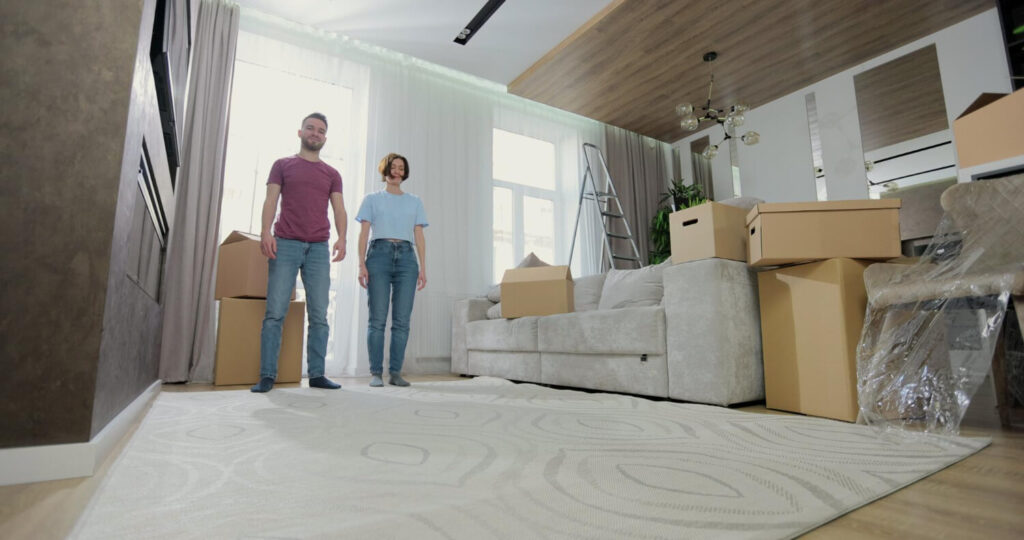Water damage can strike unexpectedly, leaving your home with soaked carpets and a growing risk of mold. Acting quickly is essential to preserve your floors and avoid expensive replacements. Whether it’s from a flood, a leaking appliance, or a burst pipe, here’s a guide on how to handle a water emergency with a focus on dry wet carpet service solutions.
Understanding the Impact of Wet Carpets on Home Safety and Health
When water invades your home, it doesn’t just dampen your carpets—it poses significant risks to the structure of your home and the health of its occupants. Wet carpets can lead to mold growth within 24-48 hours, which may cause respiratory issues and allergies, particularly in children and the elderly. Also, soggy carpets weaken the fibers, padding, and subfloor beneath, causing long-term damage if not treated fast.
Why Immediate Action Matters: The Importance of Professional Dry Wet Carpet Services
As soon as you notice a water leak or flood, time is of the essence. Water damage worsens with time, and getting a professional dry wet carpet service as soon as possible can prevent secondary problems like mildew, odors, and material deterioration. A professional service uses industrial-grade equipment, such as high-powered vacuums, air movers, and dehumidifiers, to expedite the drying process, effectively reducing moisture levels in the carpet and air.
Learn more about how to dry wet carpets quickly after a flood or leak.
Step-by-Step Guide to Drying Wet Carpets Efficiently
For those dealing with water-damaged carpets, here is a comprehensive guide to tackle the problem at home before hiring a professional service:
- Stop the Water Source Immediately locate and stop the source of the water. Whether it’s a burst pipe, overflowing appliance, or roof leak, controlling the flow will prevent further damage.
- Extract Excess Water Use a wet/dry vacuum to remove as much standing water as possible. For extensive flooding, it’s advisable to use a submersible pump to remove deeper water. This step is crucial as it sets the foundation for the remaining drying process.
- Create Air Circulation After extracting the bulk of the water, ensure proper air circulation throughout the space. Open windows, use fans, and strategically place air movers near the wet areas to promote evaporation. Large industrial fans can be rented for enhanced airflow.
- Dehumidify the Area Dehumidifiers are essential in reducing overall moisture in the air, which speeds up the carpet drying process. In a closed room with limited airflow, humidity can slow down drying and lead to mold growth.
- Lift the Carpet and Padding If water has soaked deep into the carpet, lift the carpet edges and remove any wet padding underneath. Carpet padding acts as a sponge, retaining water and increasing the chances of mold growth. Replacing it may be necessary, as drying it completely is difficult.
- Clean and Sanitize the Carpet Even after drying, floodwater often leaves behind contaminants. Use a disinfectant to clean your carpets thoroughly, especially if the water was dirty or from an external flood. Anti-bacterial solutions are necessary to kill germs that thrive in damp conditions.
- Monitor Progress Keep checking the moisture levels using a moisture meter, if available. Drying times vary depending on the room’s size, temperature, and humidity. For persistent wet spots, calling a dry wet carpet service is the next best step.
DIY vs. Professional Carpet Drying: What’s the Right Choice?
While some homeowners attempt DIY methods to save on costs, opting for a professional dry wet carpet service is often the most effective solution for long-term protection. Professional services bring expertise, the latest drying technology, and the assurance that your home is safe from mold, mildew, and water damage to the subfloor.
Professionals follow rigorous processes, such as:
- Water extraction using high-powered vacuums.
- Fast air circulation techniques to dry carpets and padding.
- Use of commercial-grade dehumidifiers to prevent moisture retention.
- Full sanitation to kill potential mold spores and harmful bacteria.
For extensive floods, DIY attempts may not suffice due to the time and effort required, and the equipment limitations in an average household.
Post-Drying Care: How to Maintain Your Carpet After It’s Dry
Once the carpet is fully dried, a few essential post-care tips ensure your carpet remains in top condition:
- Vacuum thoroughly to remove any remaining debris or dried dirt from the floodwater.
- Deodorize the carpet to eliminate any lingering smells.
- Check for mold growth along the edges of the room and underneath the padding.
- Schedule regular cleanings. Even after drying, some stains may remain, and a professional cleaning service can help restore the carpet’s appearance.
When to Call a Professional for Dry Wet Carpet Service
Knowing when to call a professional is key to minimizing water damage. Here are instances where a professional dry wet carpet service should be your first call:
- Extensive flooding that covers multiple rooms.
- Visible mold or musty smells after DIY drying attempts.
- Water damage that has penetrated the carpet and padding deeply.
- Any delays in the drying process, leading to extended dampness.
Conclusion: Prevent Future Water Damage
Water damage is a challenge that can affect any homeowner, but by taking immediate steps and enlisting professional help, you can reduce its impact. The combination of DIY methods and a reliable dry wet carpet service can ensure your carpets remain safe, clean, and free from long-term damage.
Remember, prevention is always better than cure. Keep your plumbing in good condition, regularly check for leaks, and always act fast when water strikes. Whether dealing with minor spills or significant flooding, being prepared will help maintain the integrity of your carpets and the safety of your home.









